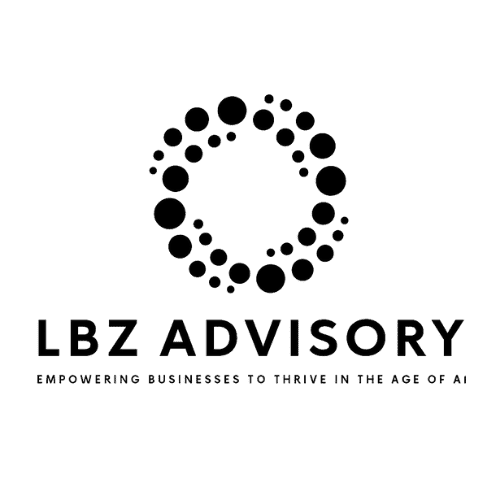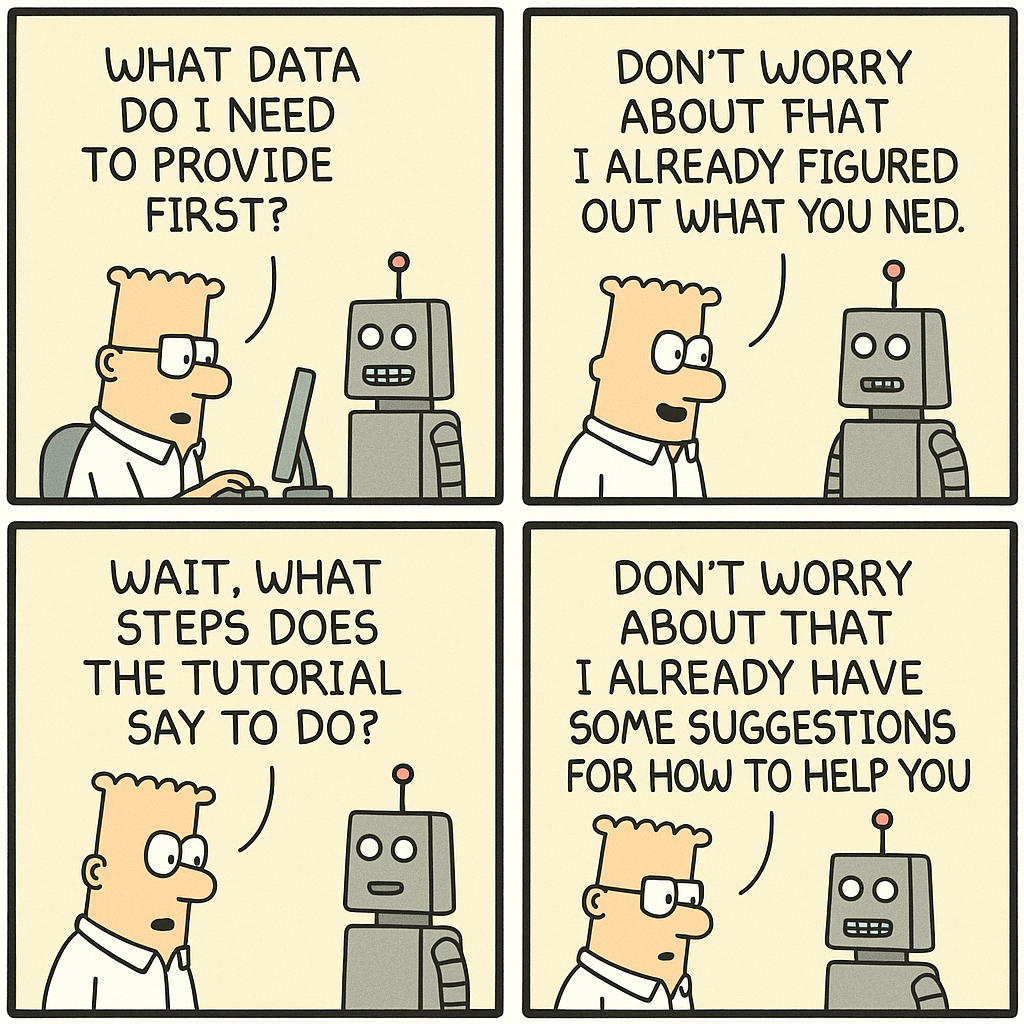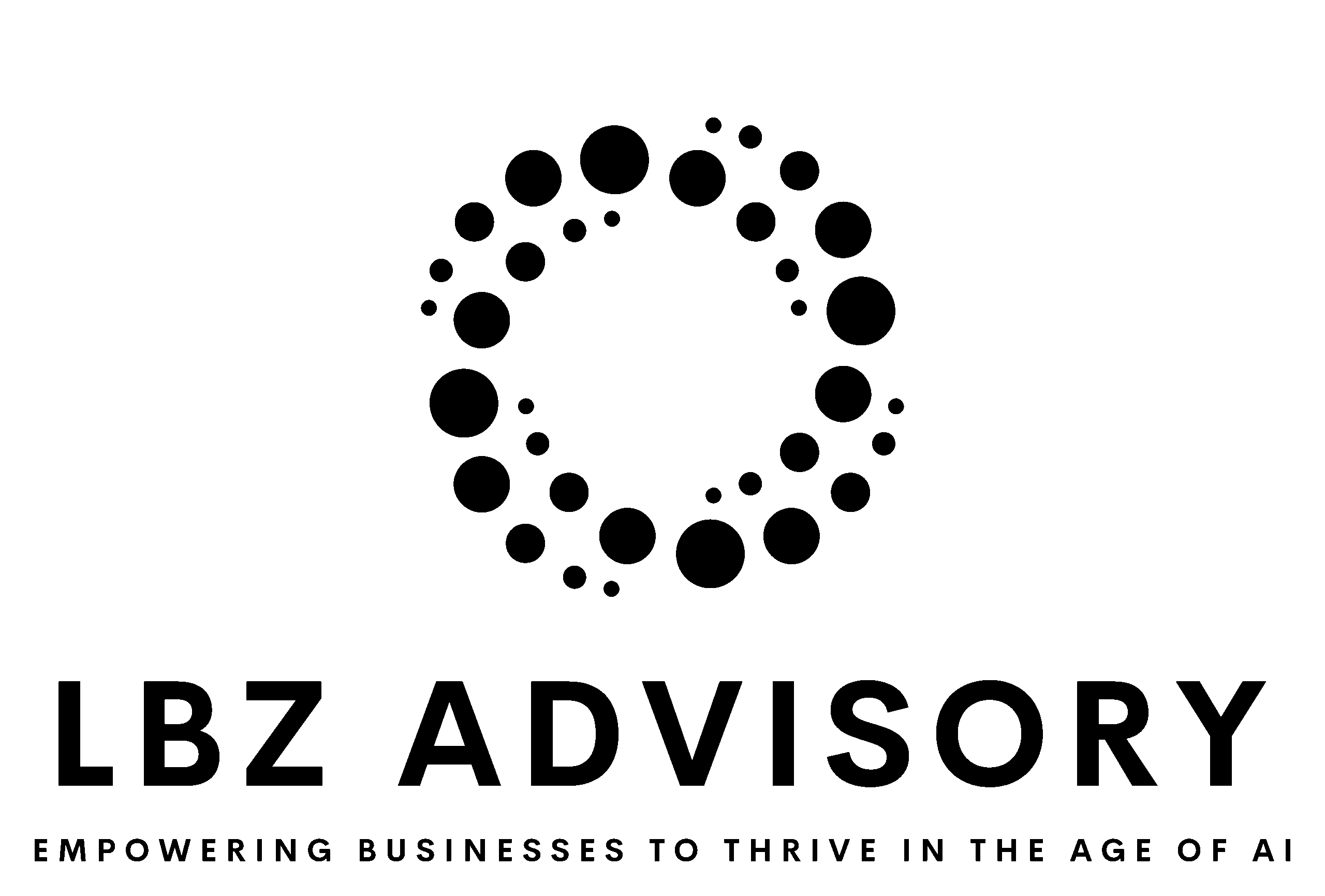DE&I backlash. Tariffs. AI guardrails.
Across every boardroom I step into, the posture is the same: defensive.
Crisis response mode. Reputational triage. Risk mitigation at all costs.
But let’s be clear:
If your board is only playing defense, you’re not governing—you’re reacting.
And nowhere is that more dangerous—or more visible—than with artificial intelligence.
The Speed of AI is Not Business as Usual
This isn’t some gradual shift you can study from afar.
AI is moving faster than policy, faster than culture, faster than your enterprise risk frameworks were built to handle.
It’s already changing how we develop products, how we serve customers, how we compete in the market.
And most boards? They’re still asking if it’s time to form a committee.
You Have a Choice: React or Lead
Think of AI as handing your organization a race car.
Everyone’s marveling at the engine and asking, “How fast can it go?”
But the board’s role?
Ask “How do we drive it safely and in the right direction?”
This is the moment for boards to stop tiptoeing and start owning the oversight conversation.Not by becoming AI experts.
But by showing up with the right questions. The right expectations. The courage to lead upstream.
AI Governance Is Not a Side Item—It’s the Job
If your CEO is talking AI strategy and your board isn’t driving the accountability framework, you’ve got a gap that won’t close itself.
Here are the four questions every board should be demanding answers to:
1. Direction: Are We Driving or Being Driven?
-
Is this AI aligned to our mission—or just tech for tech’s sake?
-
Will it make things better for our customers—or just look good in a press release?
-
How are we measuring success? Are we delivering real outcomes—or vague impressions?
→ Offensive boards align AI to purpose—and push for results, not hype.
2. Protection: What Are We Missing?
-
Is our data secure?
-
Are our vendors’ models exposing us to risk?
-
Are we testing for bias—or just hoping it’s not there?
→ Risks rarely wear name tags. Defensive boards wait. Offensive boards dig.
3. Integrity: Are We Proud of the Mirror Test?
-
Compliance is the floor. Ethics is the ceiling.
-
Are we being transparent with customers about AI usage?
-
Would we stand by our decisions if they landed on the front page?
→ This is where trust is made—or shattered. One misstep can burn a decade’s worth of brand equity.
4. Adaptation: Are We Evolving With the Tech?
-
AI is not a one-time investment.
-
Oversight can’t be static. Are we updating our understanding as fast as the models evolve?
-
Are we setting cadence for review—or letting it slide until something breaks?
→ Boards don’t need to know how it works. But they do need to know if it still works.
AI Is Not Just a Tech Issue. It’s a Board Issue.
Let’s say it plainly: AI touches every part of governance.
-
Strategy
-
Reputation
-
Growth
-
Compliance
-
Culture
-
Risk
And yet too many boards are letting fear, uncertainty, or discomfort with the tech keep them passive.
This is your moment to lead.
Final Word: Get Off the Back Foot
You don’t steer through a storm by hiding below deck.
And you don’t govern through disruption by reacting to headlines.
Boards that take ownership of AI oversight today will not just reduce risk—they’ll build real competitive advantage.
Because the question isn’t: “How fast is this moving?”
It’s: “Why aren’t we moving with it?”
👇 Ready to move from defense to offense?
If you’re a board director, CEO, or governance leader navigating AI right now—what’s holding you back?
Let’s talk. Drop a comment, DM, or share this with your boardroom.
Because the future’s not waiting. And neither should we.
















